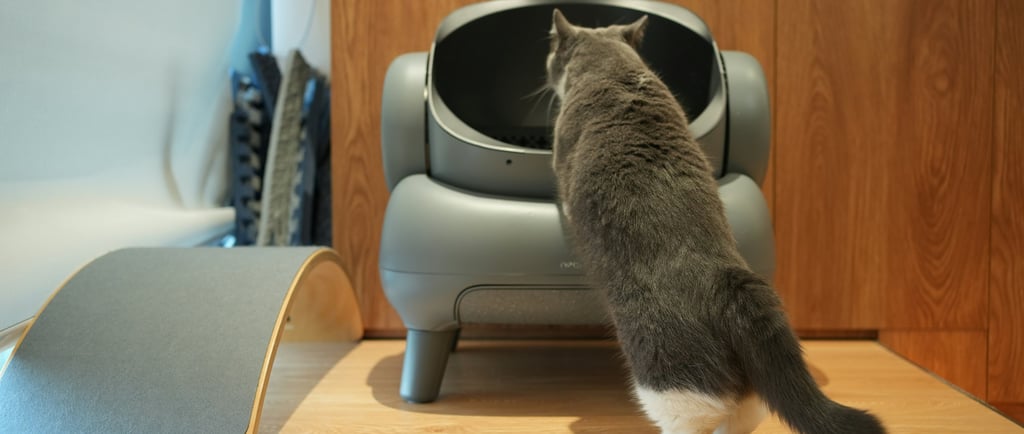
8 Common Litter Box Problems (and Solutions) for Charleston Cat Owners
Struggling with your cat’s litter box habits? Discover 8 common issues Charleston cat owners face—and how to fix them with confidence and care.


8 Common Litter Box Issues and Solutions for Charleston Pet Owners
As devoted pet parents, we want our feline friends to feel comfortable and content in every aspect of their lives. But when litter box issues arise, it can be stressful for both cats and their humans. At Charleston Pet Nanny, we understand the unique challenges faced by busy professionals, vacationers, and work-from-home pet owners who strive to maintain a harmonious household. In this blog, we’ll explore eight common litter box problems and provide practical solutions tailored to your lifestyle.
1. Rule Out Medical Causes
If your cat suddenly starts eliminating outside the litter box, it’s crucial to rule out any underlying medical causes. Urinary tract infections (UTIs), feline interstitial cystitis, and bladder stones or crystals can all lead to litter box avoidance. Keep an eye out for symptoms such as blood in the urine, frequent urination, straining, or vocalizing during elimination. If you notice any of these signs, schedule a veterinary appointment right away to ensure your kitty’s health and well-being.
2. Keep It Clean
Maintaining a clean and inviting litter box is key to preventing avoidance issues. Scoop daily and perform a deep clean weekly using mild soap or vinegar (skip the harsh ammonia or bleach). Clumping litter makes maintenance a breeze. A good rule of thumb: one litter box per cat, plus one extra. In multi-story homes, place boxes on each level for easy access.
3. Choose the Right Location
Location matters! Avoid high-traffic areas or places near food and water bowls. Choose quiet, private spaces with easy escape routes. Ensure the box is the right size and shape for your cat’s needs—especially for seniors or overweight kitties. Avoid hoods or high sides that can limit movement and trap odors.
4. Respect Litter Preferences
Cats are often picky about their litter. Most prefer unscented, clumping, sand-like litter. When switching brands, do so gradually to avoid aversion. Sudden changes can lead to accidents.
5. Address Multi-Cat Dynamics
In homes with multiple cats, bullying or territorial behavior can cause litter box hesitation. Spaying or neutering can help reduce such tensions. If needed, separate cats temporarily and reintroduce them slowly to create a harmonious environment.
6. Reduce Household Stress
Major changes—like moving, new pets, or additions to the family—can stress cats out. Clean any accidents thoroughly with an enzymatic cleaner to eliminate lingering odors. Avoid punishment; instead, encourage positive associations by placing treats or toys near the litter box.
7. Consider Self-Cleaning Options
Busy professionals or frequent travelers may benefit from a self-cleaning litter box to ensure consistency. If you travel often, hire a trusted pet sitter and provide clear instructions about your cat’s preferences and litter box care.
8. Ask for Help When You Need It
At Charleston Pet Nanny, we're here to support you and your feline companion through any litter box challenges. With a little patience, understanding, and these tips, you can create a stress-free environment for your cat to thrive. If issues continue, don’t hesitate to consult your veterinarian or a certified feline behaviorist.
